Amrit Udyan Utsav 2024 at Amrit Udyan, formerly known as the Mughal Gardens at Rashtrapati Bhavan in Delhi, is open for the public from February 2 to March 31.
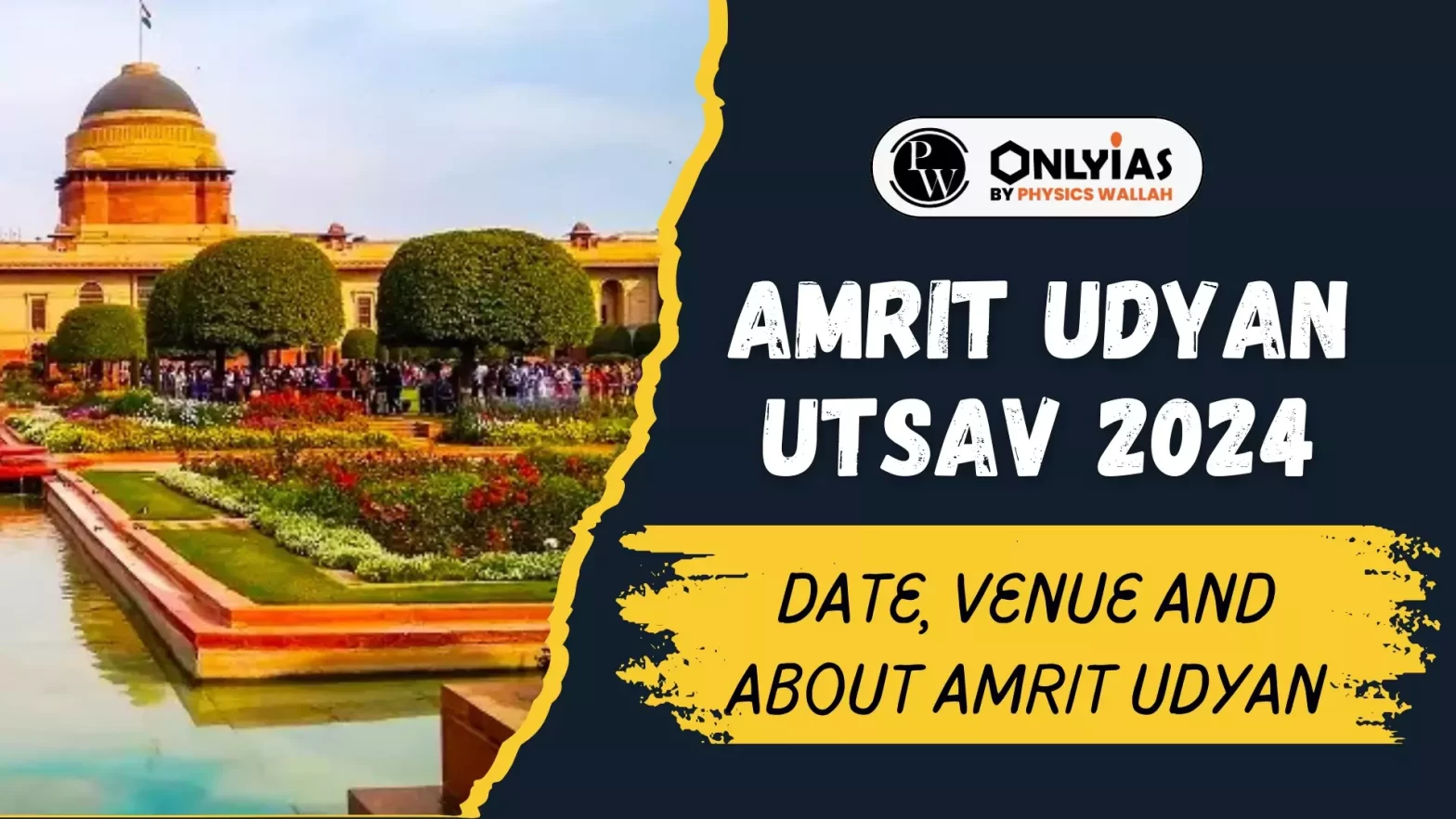
Amrit Udyan Utsav 2024 at Amrit Udyan, formerly known as the Mughal Gardens at Rashtrapati Bhavan in Delhi, is open for the public from February 2 to March 31.
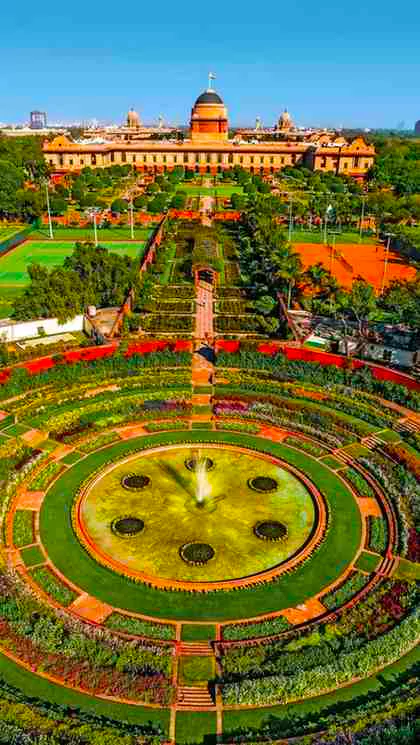 History: It was a venue for official ceremonies and receptions hosted by British viceroys, governors-general, Indian presidents, and prime ministers.
History: It was a venue for official ceremonies and receptions hosted by British viceroys, governors-general, Indian presidents, and prime ministers.Amrit Udyan/ Mughal Garden covers an area of 15 acres and consists of several gardens, each with its own theme:
| Types | Description |
Long Garden/ Rectangular Garden/ Purdha Garden. |
|
Circular Garden/ Pearl Garden/ Sunken Garden. |
|
Herbal Garden/ Medicinal Garden/ Aushadhiya Udyan. |
|
Tactile Garden/ Sensory Garden/ Sparsh Udyan |
|
Bonsai Garden/ Miniature Garden/ Vaman Udyan. |
|
Arogya Vanam/ Wellness Garden/ Swasthya Udyan. |
|
Bal Vatika |
|
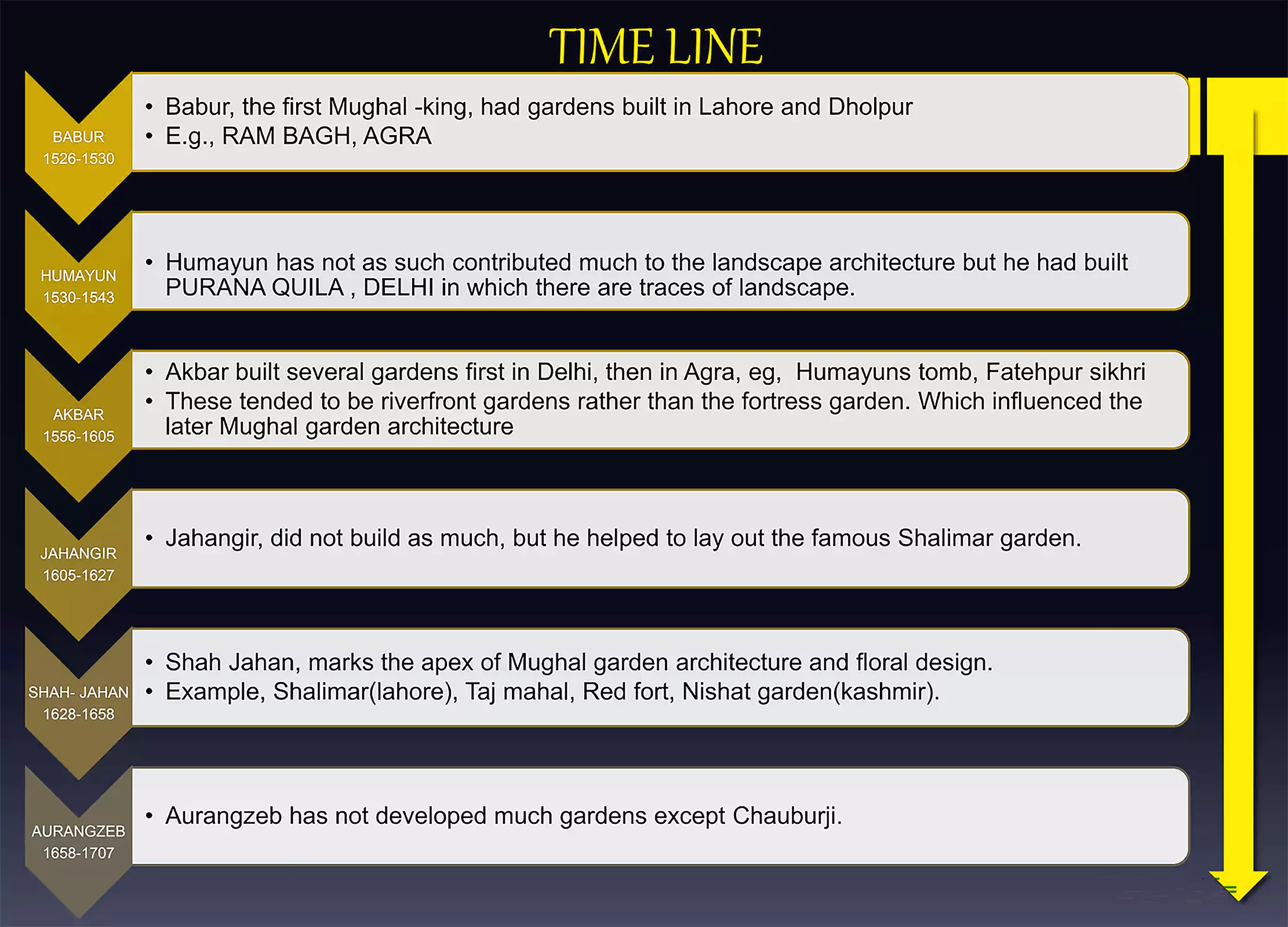
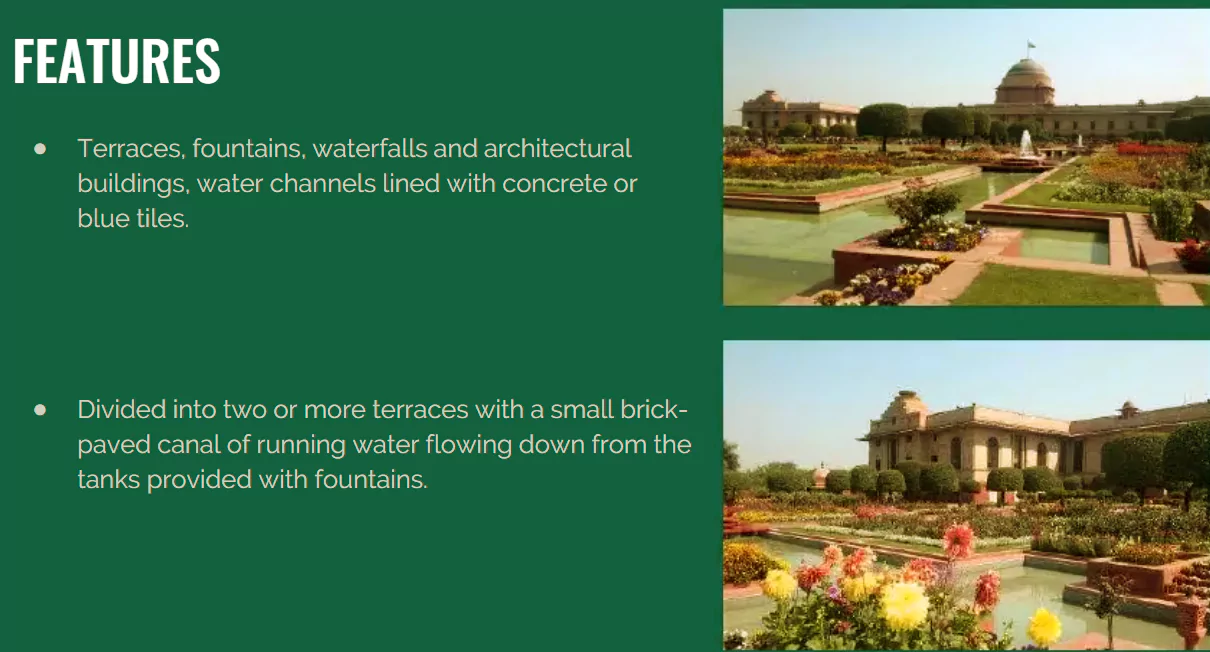
The Mughal gardens are spread across India, Pakistan, Bangladesh, Afghanistan, and Iran, and they vary in size, style, and function:
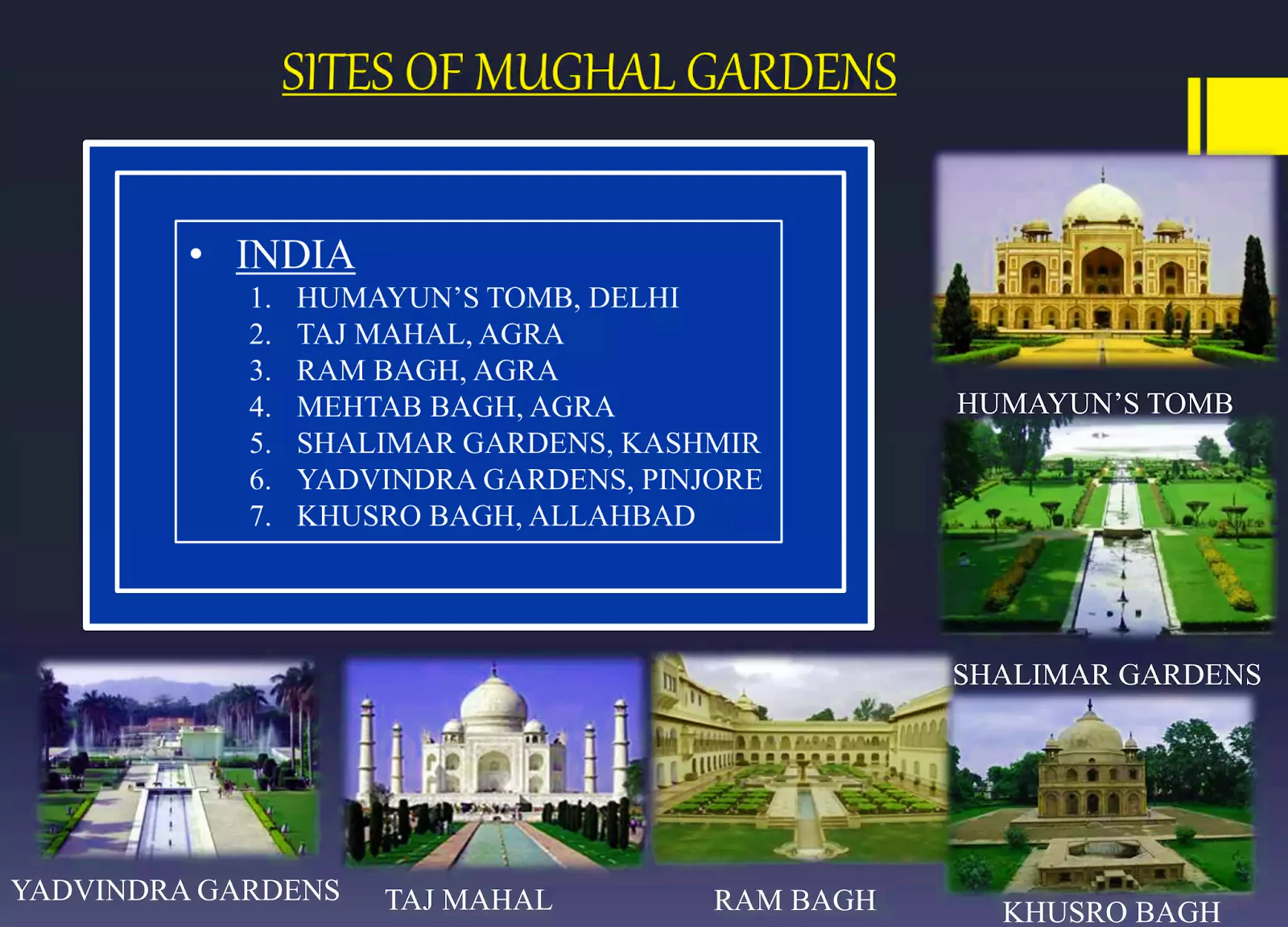
| Must Read | |
| NCERT Notes For UPSC | UPSC Daily Current Affairs |
| UPSC Blogs | UPSC Daily Editorials |
| Daily Current Affairs Quiz | Daily Main Answer Writing |
| UPSC Mains Previous Year Papers | UPSC Test Series 2024 |
This is a demo FAQ to show how questions and answers can be displayed.

<div class="new-fform">
</div>